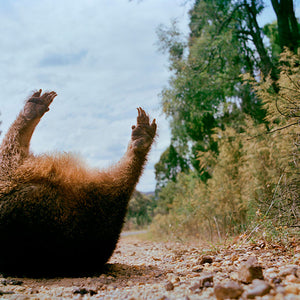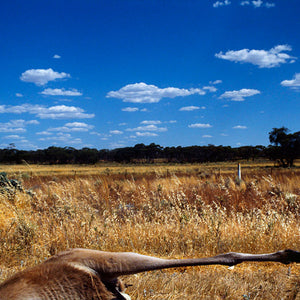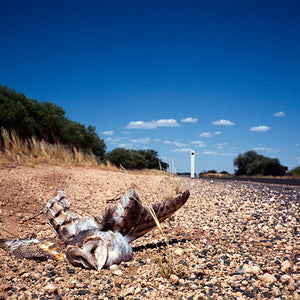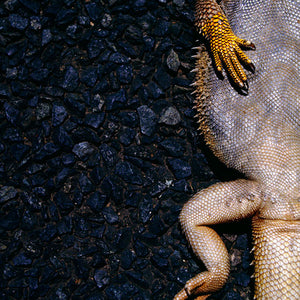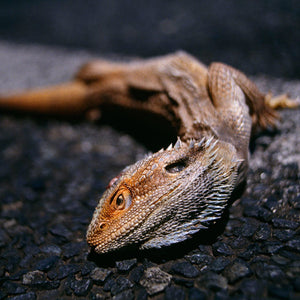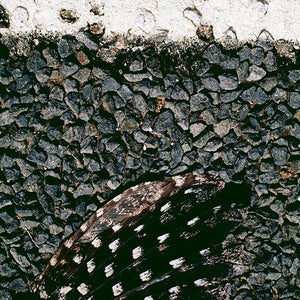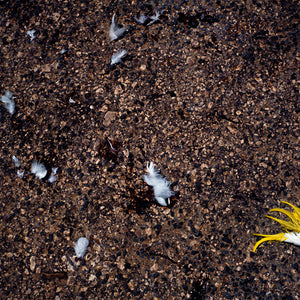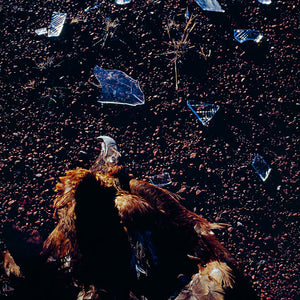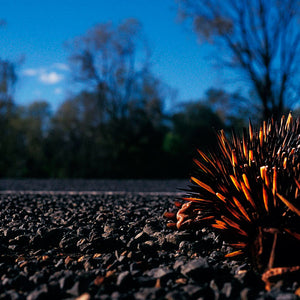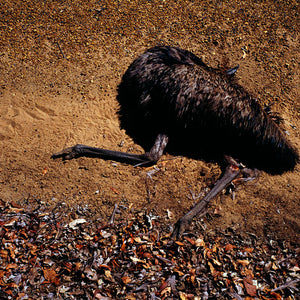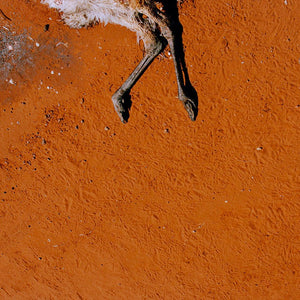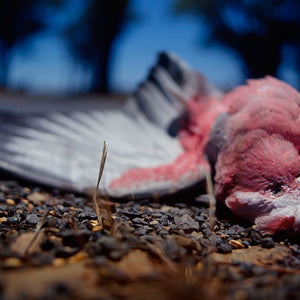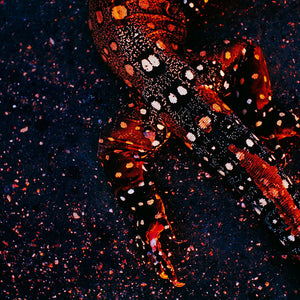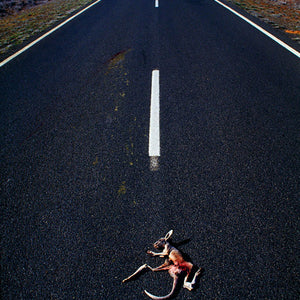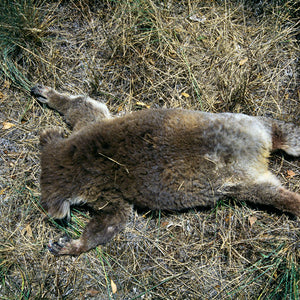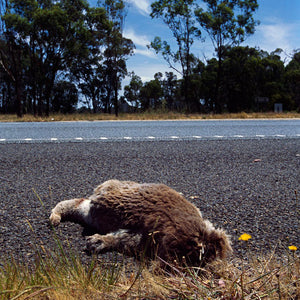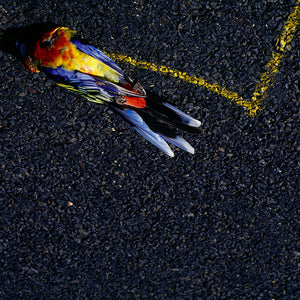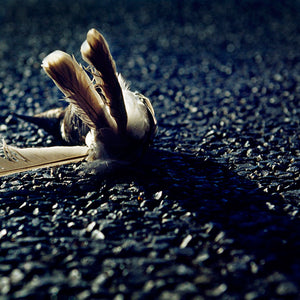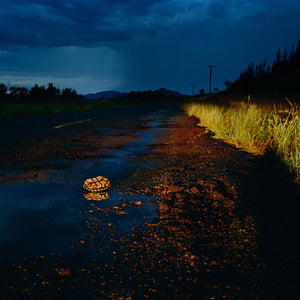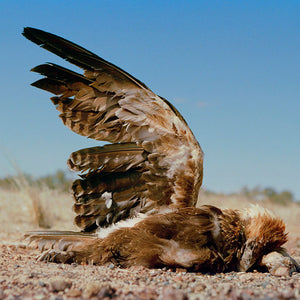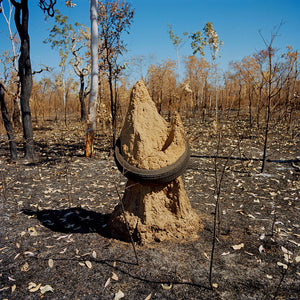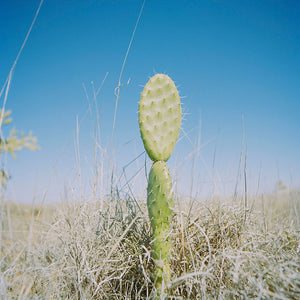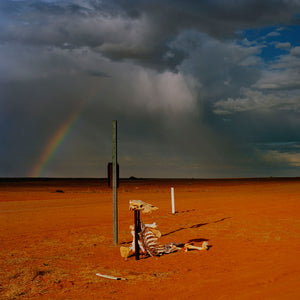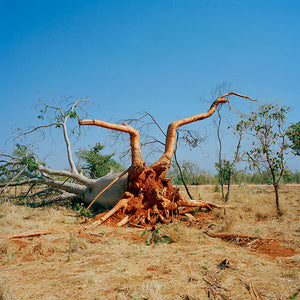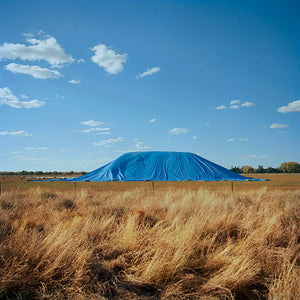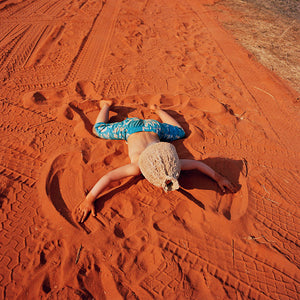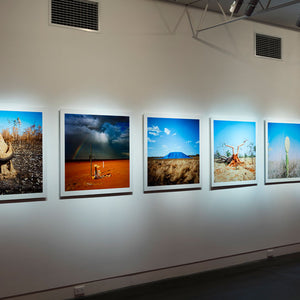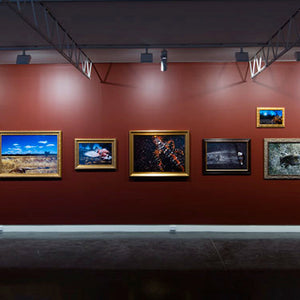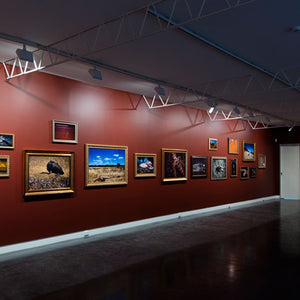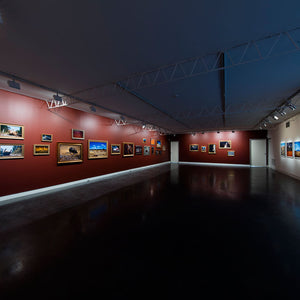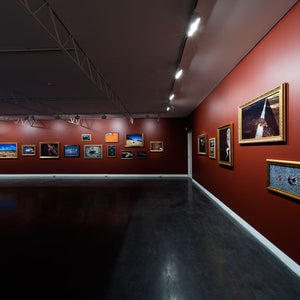NARELLE AUTIO INDIFFERENCE
27 August to 26 September 2015
“The dead by the road, or on it, testify to the presence of man. Their little gestures of pain—paws, wings and tails—are the saddest, the loneliest, most forlorn postures of the dead I can imagine. When we have stopped killing animals as though they were so much refuse, we will stop killing one another. But the highways show our indifference to death, so long as it is someone else’s…” - Timothy Findley
Artist Statement
Fifteen years ago with twelve images of road kill, Trent and I won first prize in the Nature and the Environment Stories section in the 2000 World Press Photo. An international competition held each year in the Netherlands. We had photographed the animals during a Christmas holiday road-trip between the Sydney to Adelaide leg. We couldn’t really believe the numbers we were seeing. The statistics that I researched later were astounding. Back then the collection was made up of six images each and included feral and domestic animals. Five of those original images are included in this show.
Since then we have made numerous journeys around Australia, covered thousands of kilometers and have been confronted over and over again with the sight of countless broken bodies on the side of the road. During these subsequent travels Trent’s attention was focused in other directions but I continued. I always felt compelled to keep on recording the carnage. The original story felt unfinished. This time I only photographed native animals.
According to FAME The Foundation for Australia’s Most Endangered Species: ‘Since European colonisation 28 species of Australian mammal have become extinct, 20 of them marsupials which existed no-where else in the world. In total 126 species of plants and animals have vanished in just 200 years. In addition 182 species are classified as endangered, and 201 more are threatened.’
While loss of habitat, inappropriate grazing, invasive plants and animals have all been part of the problem, the large network of roads that now crisscross the country are leading to the loss of many of our native animals. In some cases road deaths are the main threat to their continued survival.
According to the most commonly cited study completed by NSW WIRES (Wildlife Rescue) in conjunction with Macquarie University, Sydney: conservative estimates put the road-kill figure at 7000 animals per day or 2.55 million a year in NSW alone.
For me, these images illustrate the tip of the iceberg, a warning sign if you like. The dead dying animals that we pass, killed in their thousands symbolise the ongoing and indifferent destruction of our natural world, slowly but surely.

